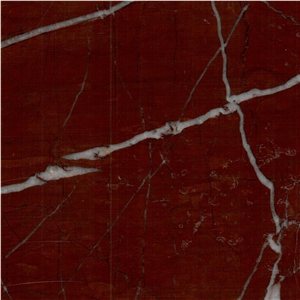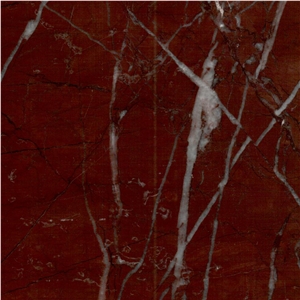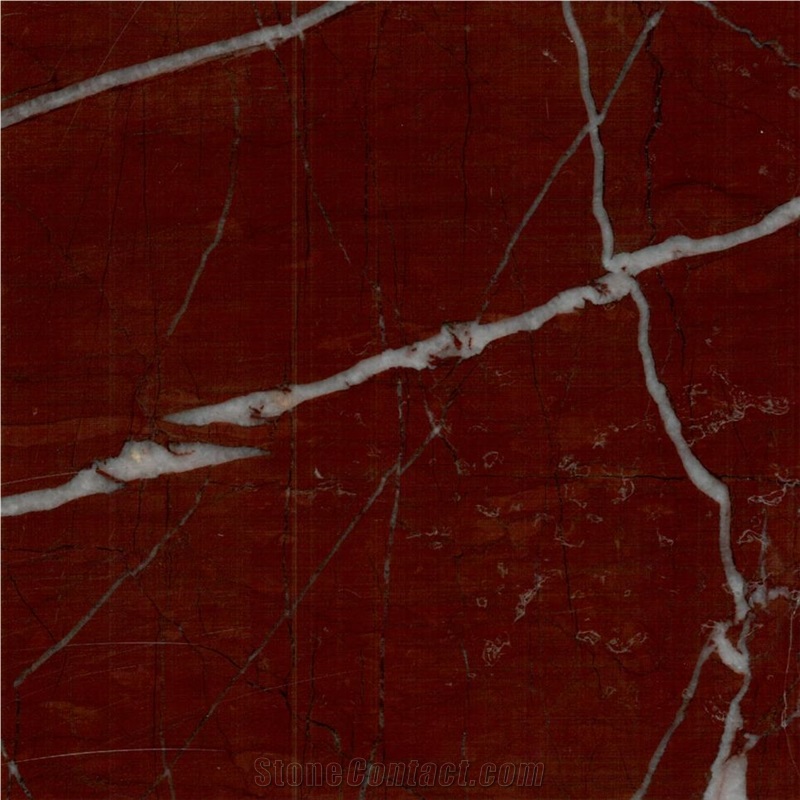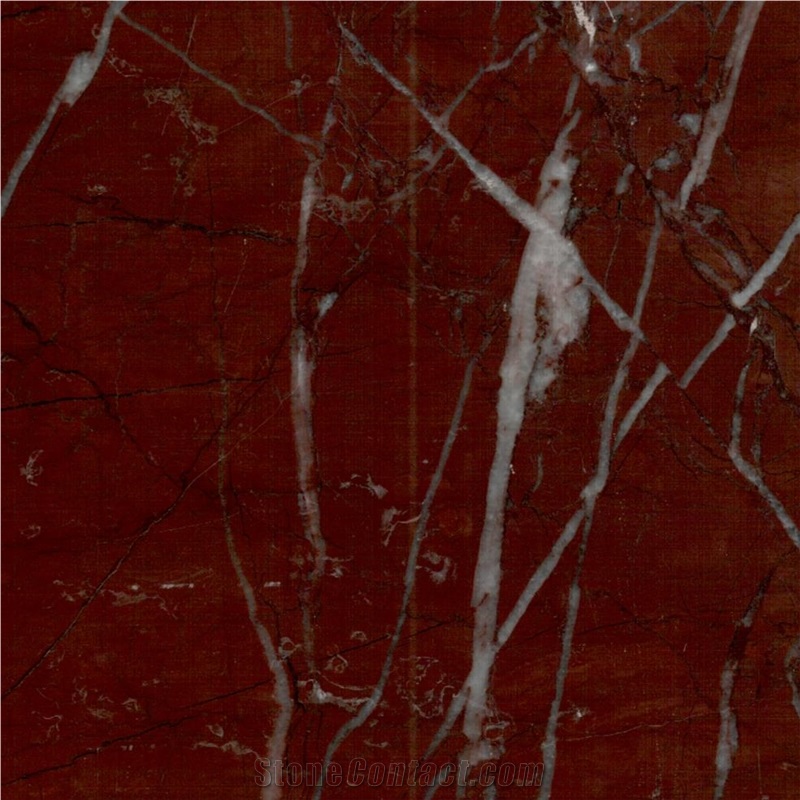Sanandaj Marble
 Iran
Iran
Sanandaj Marble is a kind of garnet red marble with white quartz streaks quarried in Iran. This red marble is especially good for exterior, interior, wall cladding, sink, basin, mosaic, steps, countertops and other design projects. It also called Sanandaj Marble, Rosso Sanandaj Marble, Sanandaj Red Marble, Red Sanandaj Marble, Ghermez Sanandaj Marble. Sanandaj Marble can be processed into Polished,Bush Hammered,Tumbled,Brushed,Honed,Split,Machine Cut,Natural Surface,Sandblasted,Acid Washing,Combed,Leathered,Water Jet,Filled,Chiseled,Pickling and so on.

What grade is Iran's Sanandaj Marble?

Can Iran's Sanandaj Marble be used outdoors?

Are there color variations of Iran's Sanandaj Marble?

What is the coefficient of friction of Polished Iran's Sanandaj Marble tiles?

Can Iran's Sanandaj Marble be used exterior applications in cold climates?

What is the average flexural strength of Iran's Sanandaj Marble?

Is Iran's Sanandaj Marble an expensive stone?

Can Iran's Sanandaj Marble be used in a office?

Can Iran's Sanandaj Marble be used in floor coverings?

How thick is Iran's Sanandaj Marble slabs?
-

Xiamen Asian Stone Imp.& Exp. Co.,Ltd.
 China
China
 13YRDiamond members are premium members on platform, providing members with comprehensive approach to promoting their products, increasing products exposure and investment return to maximize.
13YRDiamond members are premium members on platform, providing members with comprehensive approach to promoting their products, increasing products exposure and investment return to maximize.
 Verified Supplier is for prove company authenticity,including business license,trade license and effective office space,to enhance buyers' trust to suppliers and their products, reducing communication costs.
Verified Supplier is for prove company authenticity,including business license,trade license and effective office space,to enhance buyers' trust to suppliers and their products, reducing communication costs.
Contact Supplier
-

-

-

 China
China
 8YRDiamond members are premium members on platform, providing members with comprehensive approach to promoting their products, increasing products exposure and investment return to maximize.
8YRDiamond members are premium members on platform, providing members with comprehensive approach to promoting their products, increasing products exposure and investment return to maximize.
 Verified Supplier is for prove company authenticity,including business license,trade license and effective office space,to enhance buyers' trust to suppliers and their products, reducing communication costs.
Verified Supplier is for prove company authenticity,including business license,trade license and effective office space,to enhance buyers' trust to suppliers and their products, reducing communication costs.
Contact Supplier
The request includes: 1. surface finished, size 2. quantity required









